 Techonology
Techonology
Why are women encouraged to go into UX?
Men dominate the tech sector–so why is it that UX has an abundance of women?

Happy Women’s History Month! Unhappily, the history of women in tech is a story of stolen valor. Before technology gained the prestige the industry enjoys today, the OG computers were women who were incredibly talented with numbers. Ada Lovelace is often credited with the title of the “world’s first computer programmer” in the 1840’s and was visionary enough to predict the wide range of functions modern computers are capable of. This was in a time when rudimentary computers were just used for computing and women like her could not vote.
Today, we have the vote. Today, computers are a ubiquitous part of both men and women’s lives. But something has shifted significantly when it comes to who is associated with the great triumphs of modern technology.
Crunching numbers used to be women’s work, but in the 21st century, the stereotypical image of a computer programmer is a geeky man, living either in an overpriced San Francisco studio or his mother’s basement. (We are evolving past this image as well, but still.) So how did tech become the space of guys like Steve Jobs rather than ladies like Katherine Johnson?
Why tech is “masculine”

First of all, the reason why the burgeoning tech field was considered “feminine” back when NASA was called NACA is because there was no prestige associated with processing data. It was dull, repetitive work that wasn’t thought to be “skilled” despite the fact that the calculations in question required some seriously advanced mathematics. Computing was advertised as a “career for girls” before they got married. Women represented the first coders of military-funded digital computers, but because their work was perceived as “easy enough that a woman could do it” they received none of the glory.
Tech was marketed to men
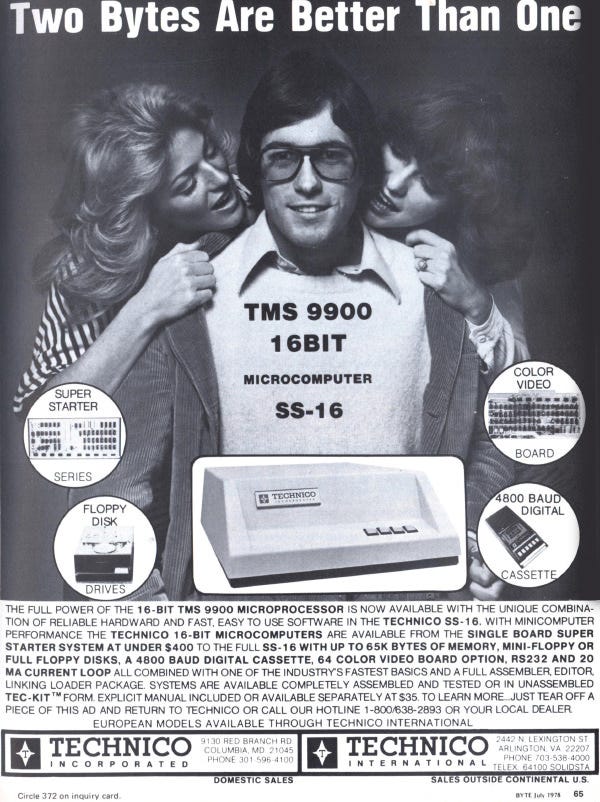
So what changed? The focus from hardware to software did. Back when women like Grace Hopper were programming the first compiler, men were working on hardware. Software was just that–a “soft” discipline left for women to handle. But then it became evident that software was the real future of technology: getting computers to talk to each other, using computers for everyday functions like word processing, and creating the next craze in entertainment in the form of video games.
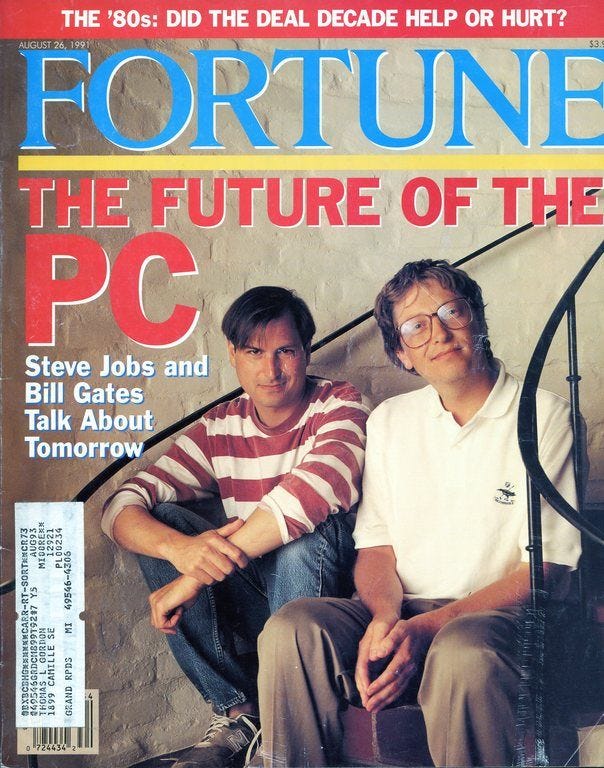
Bill Gates and Steve Jobs became household names. Video games were marketed toward boys. As fields gain prestige, they also gain the attention of men, who then apply themselves to that field of study. Computer science programs at universities all across America that were once “for girls” were flooded with men following the proliferation of computers in the ‘80’s and ‘90’s. In 1984, women made up 37% of computer science graduates. In 2021 they dwindled to 18%.
Men are “more rational”
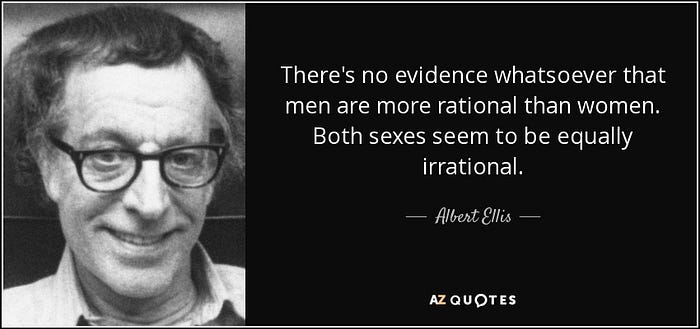
Tech is a prestigious field where logic and rationality are lauded above all. Facts, infamously, don’t care about your feelings. Men are, stereotypically, out of touch with their feelings and are therefore equipped to do the hard work of embracing the cold rationale that rules computing and engineering.
Today, tech is a field dominated by men with only 27% of computing roles held by women. Silicon Valley has an unfortunately sexist reputation; 72% of women in tech surveyed by TrustRadius complained of a “pervasive bro culture” which is to say nothing of the horrifying anecdotal evidence of misogynistic policies embedded in some of the biggest tech companies in the world.
But user experience is different.
Why UX is “feminine”
As of 2022, women make up just 28% of the tech industry workforce, but according to Zippia, about 40% of UX design roles in the US are occupied by women. Now, this might not sound all that impressive, but this near-parity does represent an outlier in the male-coded world of tech.
Why are there so many women in user experience?
The softer STEM
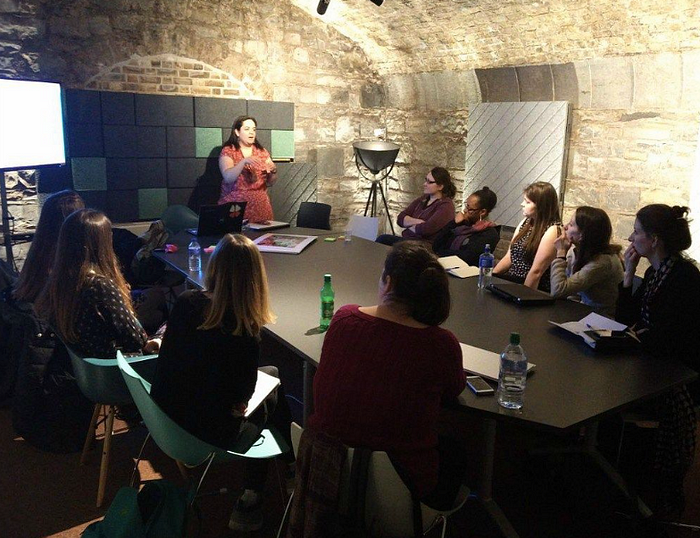
Luana Cavalcanti of activist group Ladies that UX, credits the diversity of backgrounds that UX welcomes as one reason for the diversity of gender in the field. “If you have a degree in psychology, visual arts or even marketing you could be a good candidate for a role in UX.”
According to the National Science Foundation, there is a “leaky pipeline” concerning women who graduate with STEM degrees with 38% of women who majored in computer science working in the field compared to 53% of men. Somewhere along the way, many women leave tech. When it comes to UX, however, women from many educational and professional backgrounds are breaking into the field. The wider field of design as a whole boasts a 61% female workforce, but as we well know, user experience is not just about design.
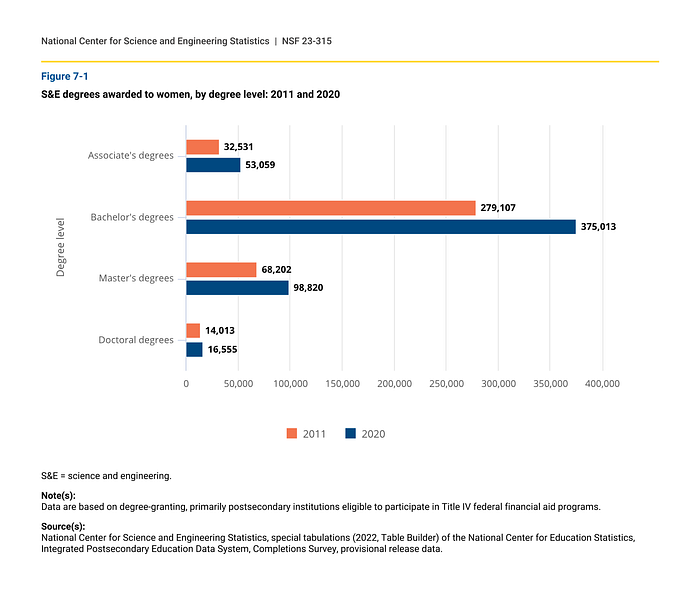
Yes, UX is part of the STEM (science, technology, engineering, and mathematics) field. It is often questioned if artsy user experience, which relies so heavily on feelings and perceptions, is truly STEM. Treating UX as an art isn’t just inaccurate, but a bad practice. Designing user-friendly UI is not just about ✨aesthetics✨. It is about taking scientific findings and applying them to tech–what’s not STEM about that?
And yet UX is denigrated as a “softer” STEM and soft things are–you guessed it–for women who don’t necessarily have a CS degree.
Women are more empathetic
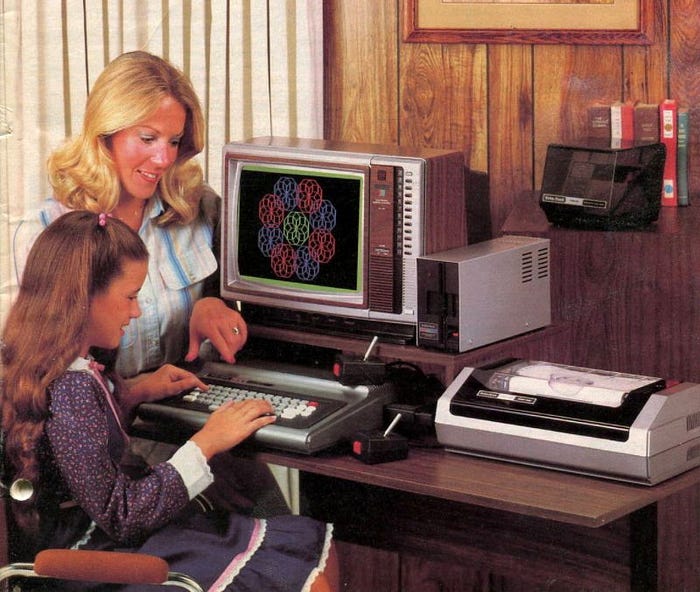
Empathy is the cornerstone of user experience. How can we make a good experience without putting ourselves in the shoes of our users? We must empathize with their wants, needs, and feelings. Stereotypically, women are great at that. For centuries, women have been placed in care-giving roles wherein we must be hypersensitive to the needs of others. In user experience, being sensitive to the needs of users is tantamount to success.
In this case, there is actual data to back up the assertion that women are more empathetic than men. In a recent study from the University of Cambridge, researchers found that “women scored on average significantly higher in their cognitive empathy scores than men did” meaning that women were more likely to understand what a person might be thinking or feeling, and then using that information, predict what they will do next.
Sounds a lot like UX, right?
Care-giving and cleaning
Last year, I wrote an article called “Move slowly and fix things: recommended reading for designers” that I only later realized featured all women authors. It’s a poignant coincidence, because in this article I wrote about how UX often functions as a clean-up crew for tech. After the “move quickly and break things” crew has had their fun, user experience steps in to tidy things up.
It is UX that steps in to rectify toxic experiences like the “smart” scale that shames any sort of weight gain and celebrates weight loss via unhelpful push notifications. An empathetic designer or researcher could step in and consider more use cases than just trying to fit back into a size six–what if the user is recovering from a chronic illness? What if they are going through chemo?
Without a diversity of experiences working in tech, these narrow, presumptive interfaces pop up all the time. It is up to the people occupying roles like UX writer, researcher, and designer to carefully consider a breadth of human experiences and make tech just a bit more human in turn.
This isn’t to say that men can’t do the care-giving and cleaning associated with user experience–they obviously are. (~60% of UX is men, remember?) It is just that women find themselves encouraged to consider UX, the “softer” STEM that appeals to our historic roles as empathetic caregivers, over other jobs in the tech sector.
TL;DR: We still have a long way to go
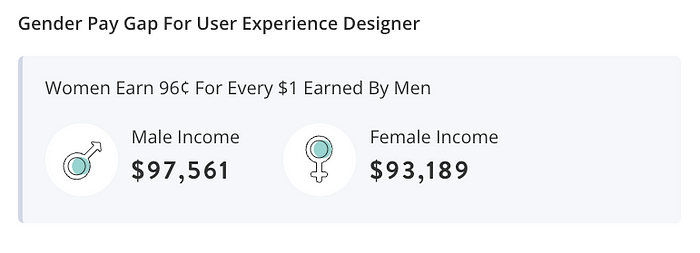
Before the ‘80’s, women dominated computing and pioneered many of the innovations that make modern life (and space flight!) possible. Today, the tech industry is a rather infamous boy’s club, rife with sexist scandals and a dismal percentage of women workers. User experience, however, is one corner where women flourish to a near-parity: approximately 40% of user experience professionals are women.
This abundance of women in UX is likely due to the “feminine” perception of a job that enjoys a better work-life balance than other tech sector jobs and welcomes workers from diverse backgrounds. User experience requires empathy, and involves cleaning up and care-giving: stereotypically feminine roles.
While UX is an outlier in tech for its diversity of gender, UX unfortunately falls in line when it comes to the pay and promotion gap that plagues tech. A study conducted by Jeff Sauro, PhD showed that in median UX salaries, men make approximately $4,000 more per year. Similarly, Zippia’s research shows that women earn 96¢ For every $1 earned by men in UX design roles.
Remember how design (capital D design, that is) has a 61% woman workforce? Only 11% of leadership in design is female. Men tend to hold more senior roles, and with it, more prestige and money. Organizations like Ladies that UX cite this as a kind of self-fulfilling prophecy, a vicious cycle: women that don’t see other women in leadership positions are less likely to lobby for promotions, and thus we have less women in those senior roles inspiring and providing mentorship to other women.
We still have a long way to go when it comes toward gender equality in tech. Some things each and every one of us can do toward achieving this goal are
- Remember our beginnings

Do not contribute to the erasure of computing’s female founders. We can give Jobs and Gates their much deserved praise, but don’t forget about women like Ada Lovelace, Margaret Hamilton, Grace Hopper, Katherine Johnson, and Hedy Lamarr.
2. Celebrate our present

Let’s uplift the women doing amazing work in our field right now. That might mean giving due credit when someone in a meeting has a great idea, or by looking toward the women shaping the field as we speak. A good place to start would be my series on Women in UX here on Medium.
(Hey, I have to uplift myself here as well! ✨)
3. Look toward the future

Sometimes it doesn’t feel like it, but the future is bright! Through effort and empathy, we can achieve more equitable workplaces. More women than ever are pursuing advanced degrees, and work culture has shifted toward remote and hybrid work that significantly benefits women with children. Considering this and the breaking down of tired tech stereotypes, more women are sure to join tech and, of course, UX.